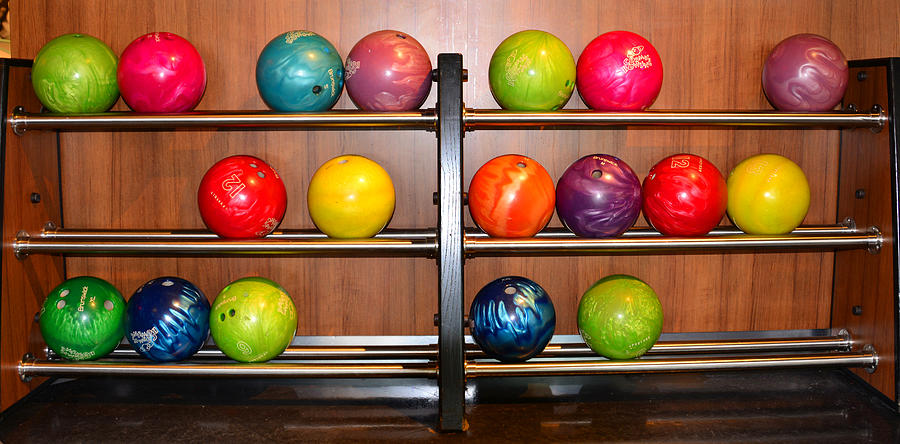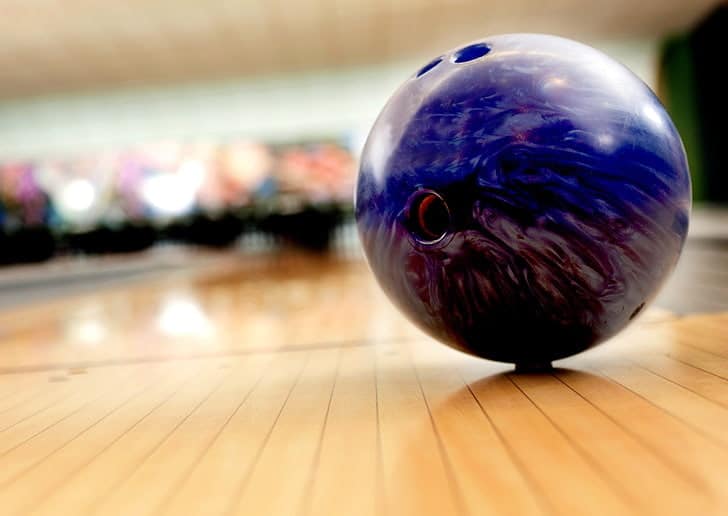Contents
How Heavy Is A Bowling Ball? – The Surprising Facts
If you’ve ever watched a bowling match, or if you’ve had the chance to hold a bowling ball yourself, you know they’ve got some heft to them. But how much do they weigh? The weight of a bowling ball can vary quite a bit! From light as a feather (well, a rather heavy feather) to as heavy as a small dog.

The Weight Of Bowling Ball
Typically, the weight of a bowling ball can range anywhere between 6 to 16 pounds. However, the most common bowling ball weight used by adults is around 15 pounds.
Adult Bowling Ball vs Kids Bowling Ball Weight
For youngsters just starting, a 6-pound bowling ball might be the perfect weight. It’s light enough for them to handle confidently, yet heavy enough to knock down a fair number of pins.
Adults, on the other hand, typically use balls that weigh between 12 to 16 pounds. While a heavier ball can knock down more pins, it requires more strength and control to throw effectively.
Are There Heavier or Lighter Bowling Balls?
It’s not common to find balls that are heavier or lighter.
Specialized bowling balls for young children or individuals with physical limitations can be as light as 4 pounds.
There are also bowling balls that exceed the 16-pound limit, designed for specific training purposes or professional bowlers with exceptional strength and control. However, these are not typically used in standard games and tournaments.

How Weight Affects Bowling Ball Performance
Heavy Ball
A heavier ball will naturally move at a slower pace when thrown with the same force as a lighter ball. It gives the bowler more control over the ball’s path and knocks down more pins. However, a heavier ball also requires more strength to throw effectively.
Light ball
A lighter ball can be thrown at a faster pace and is generally easier to handle, especially for beginners or young players. However, its high speed can make it harder to control, and it may not knock down as many pins upon impact due to its lower mass.
Factors That Influence the Weight of a Bowling Ball
Material
The material of a bowling ball is crucial in determining its weight. Bowling balls are typically made of hard rubber, plastic, urethane, reactive resin, or particle (proactive), each with different densities and weights.
Size
The size of the ball can also influence its weight. Larger balls typically weigh more than smaller ones because they contain more material.
Core Type
The type of core used in the ball can affect its weight as well. Some balls have a pancake-style core, while others feature a symmetrical or asymmetrical core, each contributing differently to the overall weight.
Surface Finish
The type of surface finish or coating applied to the ball can add extra weight. High-performance balls often have additional layers of finish to enhance their performance, which can marginally increase their weight.

How Do I Choose the Right Bowling Ball Weight
Picking the right bowling ball weight isn’t about choosing the heaviest ball you can lift; instead, it’s about finding a weight that’s comfortable and controllable
The 10% Rule
One commonly used guideline is that a bowling ball should weigh approximately 10% of your body weight, up to a maximum of 16 pounds. For example, if you weigh 150 pounds, a 15-pound ball could be a good fit.
The Swing Test
Hold the ball in your bowling hand and let it swing naturally by your side. If you can hold and swing the ball without straining or losing balance, it could be the right weight for you.
How Heavy is a Pro Player’s Ball?
Professional bowlers often opt for bowling balls between 14 to 16 pounds.
Choosing a heavier ball increases pin action and the likelihood of scoring strikes. But, pro bowlers don’t simply go for the heaviest ball; they opt for the one they can consistently control across multiple games.
Can I Add Weight To My Bowling Ball?
Adding weight to a bowling ball is not as easy as it seems. The construction and materials of the ball make it challenging to add weight without impacting balance and performance.
If you prefer a heavier ball, it’s more practical to invest in a new one that matches your desired weight and bowling style.

Conclusion
The weight of the bowling ball plays a significant role in your game’s success and depends on many factors like the ball’s material, size, core type, and surface finish. While a heavier ball may offer more power, it requires more strength and control. Conversely, a lighter ball might be easier to handle but may lack the heft needed to knock down pins effectively. Therefore, it’s crucial to find a balance that suits your physical capabilities and bowling style. Remember, the goal isn’t to pick up the heaviest ball but the one that provides you with comfort and control.

Allow me to introduce myself – I’m Eric Wilkinson, a true bowling aficionado. The world of bowling culture has always fascinated me, and I’ve made the exciting decision to share my passion through writing. As I embark on this blogging adventure, my goal is to provide fellow enthusiasts with valuable insights, tips, and captivating stories. Through my blog, I hope to ignite a deeper appreciation for the sport and foster a sense of community among fellow bowlers. Join me on this thrilling journey as we explore the vibrant world of bowling together.
